Madagascar’s Green Gold: Ravintsara
Have you ever heard of the essential oil of Ravintsara? If not, you’ve been missing something!
In France, the essential oil of Ravintsara is so popular that it is one of the most-sold essential oils, and is on the same popularity level as is the essential oil of Lavender!
I was recently invited to participate in a radio show in order to speak about which essential oils can be used to prepare for (and to get through!) the winter season.
(Radio Escapade is a French-speaking radio station here in Copenhagen. My tallk is here at 24mn05 I speak about Eucalyptus radiate and Ravintsara,
Eucalyptus radiate will be the subject of a later blog post; today, I want to focus on Ravintsara, which is a wonderful oil that we can start using right now.
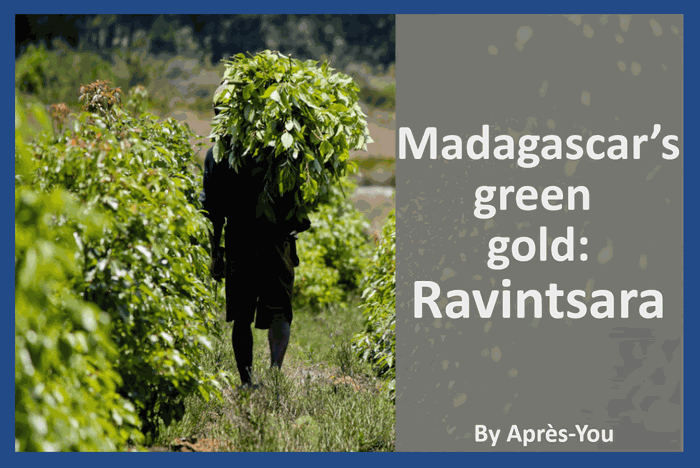
The essential about Ravintsara
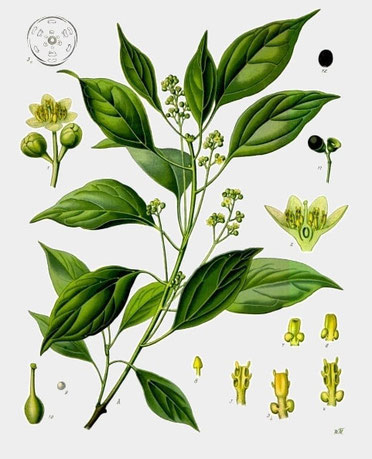
In a blinck of eye
1. What plant is Ravintsara?
1.1 Camphor tree travelling to Europe.
1.2 What do we do with Camphor?
1.3 One Camphor tree, different countries, different essential oils
2. Herbal tea of Ravintsara, the tradiction
3. What is in Ravintsara essential oil?
4. How can I use essential oil of Ravintsara?
4.1 Diffusion of Ravintsara
4.2 Topically use of Ravintsara
(diluted)
4.3 Topically use of Ravintsara
(pure)
4.4 Ingestion of essential oil of
Cinnamomum Camphora CT Cineole
4.5 Who can use the essential oil
of Ravintsara?
5. Conclusion
- Very Essential People
- Disclaimer
- Pictures
1. What plant is Ravintsara?
1.1 Camphor tree travelling to Europe
Ravintsara originally came from Asia. Its arrival in Europe dates from the 1300s when the famed Venetian explorer Marco Polo brought it back to Italy from his travels in the Far East.
During his adventures, we discovered the uses of Ravintsara in traditional Chinese medicine and found them efficacious enough to merit further study back home.
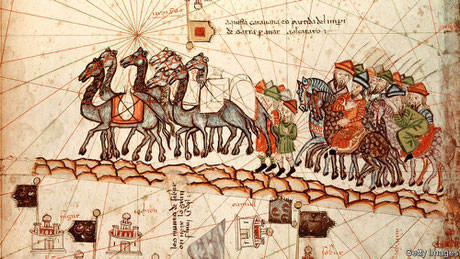
1.2 What do we do with Camphor?
It seems as if the courts of Europe were easily convinced of the uses of Ravintsara, as the camphor tree proliferated in its new environment. Eventually, many countries began active cultivation of the camphor tree, though not for use in medicine.
The camphor produced from the camphor tree was an important part of the celluloid-making process needed for the film industry. Camphor is a waxy material and has a very distinctive aroma.
Importantly, it is also highly flammable (if you’ve seen the Tarantino movie Inglorious Basterds, you’ll know what I am talking about).
1.3 One Camphor tree, different countries, different essential oils
One area of the world to which the camphor tree acclimated very well was the island of Madagascar. This was so much the case that botanists began to take an interest in the Malagasy (i.e. from Madagascar) camphor trees as early as the late 17th century. One particularity of the essential oil of Ravintsara from Madagascar is that it contains a very low percentage of camphor.
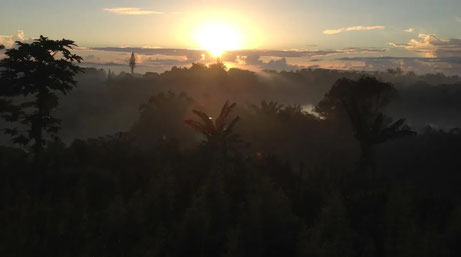
If the leaves of the camphor tree are picked manually (which is the traditional method of harvest in Madagascar), the resulting oil should not contain much camphor.
This means, that this aromatic oil is easier to use (i.e. it has fewer restrictions) and can be used in a greater variety of ways. This peculiarity—the low quantity of camphor in the “camphor tree” which characterizes the Malagasy plantations—remains a scientific mystery.
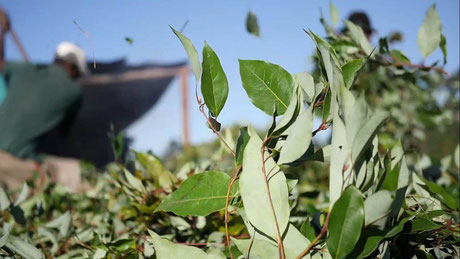
Whatever the reason, this is great news for aromatherapy enthusiasts, as camphor can be a sticky wicket in aromatherapy. Camphor is problematic because it is considered neurotoxic at a high dosage.
As always, it is important to remember that the chemistry of essential oil will differ according to the part of a plant that is distilled and the geographical origin(s) of the botanical material(s) used in production.
Happily, these differences should be indicated by the name of the essential oil.
Let me give you some examples from our current subject matter:
- The essential oil of camphor: This is a distillation of the bark of the Cinnamomum camphora tree from China. It is very difficult to use because of its rich camphor component.
- The essential oil of Ho wood (also called Shiu wood or Japanese laurel): This oil is obtained from the distillation of the twigs and leaves of Chinese Cinnamomum camphor, and is rich in Linalol.
- The essential oil of Ravintsara: This oil is obtained by the distillation of the leaves of Cinnamomum camphora from Madagascar. It is the main subject of this article. Read on for further information!
2. Herbal tea of Ravintsara, the tradition
In Malagasy (the language of Madagascar), Ravintsara means “good leaves” or “leaves for goodness”. In Madagascar, the leaves of the camphor tree are chewed or are consumed through infusions.
A Ravintsara infusion is an herbal brew that can be drunk at any point in the day. It has a bright smell and is green and a little piney on the tongue. You can even enjoy the refreshing flavor in the evening, as Ravintsara contains no theine.
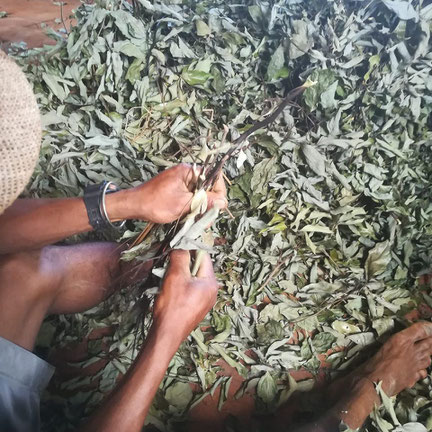
If you would like to know more, check out the video made by a French company specializing in Ravintsara called Betsara. They made a beautiful film about their story and “the green gold of Madagascar”.
Their documentary will take you away to a beautiful island in the Indian Ocean, where you will discover the camphor tree and Betsara’s distillation process.
3. What is in Ravintsara essential oil?
When the leaves of the Malagasy camphor trees are distilled, they produce a fascinating oil. Up to 90% of the composition of that oil is made out of three molecules:
- 1.8 Cineole, also known as Eucalyptol (see my blog post about it here) gives the typical smell of eucalyptus. The molecule is antiviral, anti-fungal, and a bactericide.
- Sabinene, is appreciated for its spicy odor and is considered a general stimulant.
- Alpha-terpineol, has hypotensive properties and we can find in the essential oil of Petitgrain (an adaptogen).
You can find the essential oil of Ravintsara under the name EO Cinnamomum camphora ct 1,8 cineole. It is a very clear name that leaves no doubt about the origin of the oil.

If you look for that name specifically, you can also avoid confusion with another oil called Ravinsare (Ravensara aromatic). Ravinsare also comes from Madagascar but is very different from the Ravintsara discussed in this article. If you want to know more, you can listen to a podcast about the differences between these two oils here.
4. How can I use the essential oil of Ravintsara?
The aromatic oil of Cimmamom camphora CT Cineol has interesting antiviral properties has been empirically proven to boost the immune system (see the abstract of a promising study about its possible uses against nosocomial diseases).
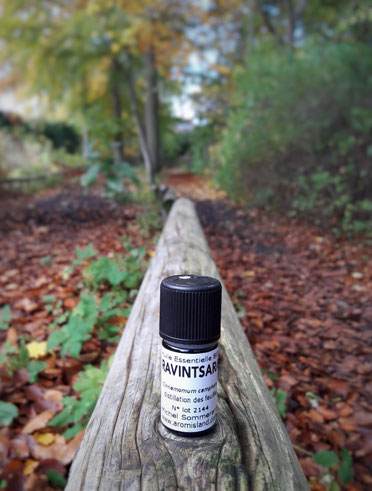
In aromatherapy, Ravintsara oil is also considered as an adaptogen, meaning that it means it helps you to power up during the day, and to also relax before bed.
This oil is typically in use from autumn until springtime. You can use it
- as a preventative against cold and flu
- as a support to help fight against cold or flu
- as a mediator between the general fugue of dark mornings and late nights
In addition, Ravintsara is a great oil to use when you are traveling.
While this may not be so easy nowadays, a few drops of the oil on a Kleenex inside a vest or front pocket can help to shield you against some of the germs that are floating through the air.
4.1 Diffusion of Ravintsara
Diffusing essential oil of Ravintsara is always a good idea. You can use a portable aroma diffuser like a necklace or any other kind of household diffuser.
4.2 Topically use of Ravintsara (diluted)
It is also possible to apply this aromatic oil topically. The safest way to do so is through a dilution of the oil of Ravintsara in vegetable oil and to apply this synergy on your chest. It is also possible to make it into a balm.
"Breathe Easier" Respiratory Support Scrub
Below, find a copy of Liz Fulcher’s “Breathe easier” scrub which uses EO Ravintsara [Source]
- Himalayan pink salt 4 oz
- Coconut oil 4 oz
- Tea tree essential oil (Melaleuca alternifolia) 20 drops
- Spike Lavender essential oil (Lavendula latifolia) 10 drops
- Ravintsara essential oil (Cinnamomum camphora CT 1.8 Cineole) 10 drops.
4.3 Topically use of Ravintsara (pure)
You can consider applying the oil directly to your skin in its pure form (but only if you are sure of the quality of your oil, and only for a very short period of time).
The last time I used EO of Ravintsara in its pure form (one drop on the inside of my wrists), the smell stayed with me for two days. Even if the oil is considered to use pure by many aromatherapists, dilution should always be the first choice.
4.4 Ingestion of essential oil of Cinnamomum Camphora CT Cineole
As a rule of thumb, I do not recommend ingestion except if you are followed by a trained professional.
4.5 Who can use essential oil of Ravintsara
This aromatic oil is considered safe for adults and children over the age of 6 years.
5. Conclusion
- The essential oil of Ravintsara comes from Madagascar.
- It is one of the best essential oils you can have with you during the cold and flu season.
- The oil is known to be easy to use and can be used by most people.
- You can reap its many benefits best through diffusion.
Be safe, be Essential!
You can be part of the Very Essential Group.
You will get access to a private and dedicated page of the website where you can find:
- a presentation about the
essential oils
- infographics about aromatherapy
- a dilution calculator to
do help you doing your own blanding
-you also will be informed of the new articles and get exclusive
discounts.
Plus, It is free, without engagement, and cool to be a VEP:)
Disclaimer
I do not pretend or want to replace any medical judgment or prescription. All the information within this post is intended to be informative! Please, always use essential oils carefully and with respect. In case of doubt, always ask a medical professional first.
Pictures
If you have any questions or remarks about the pictures and credits, feel free to send an email to info@apres-you.com.


Write a comment